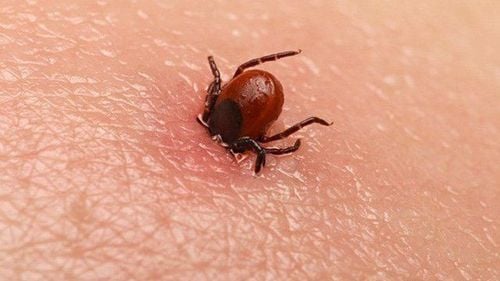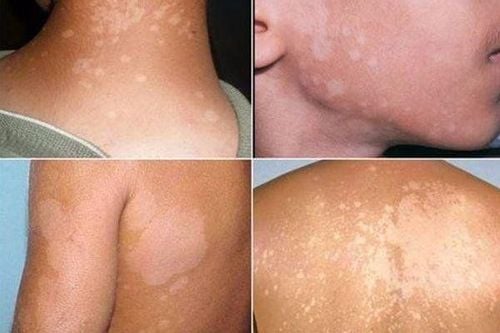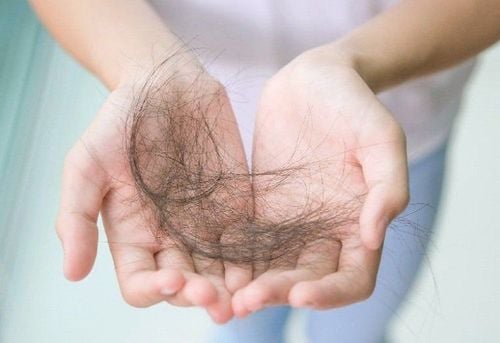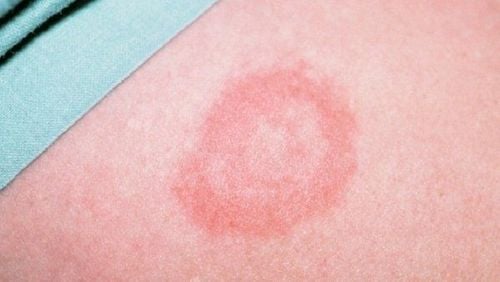This is an automatically translated article.
The article is professionally consulted by Master. Doctor Nguyen Thi Nhat - Doctor of Infectious Diseases - Department of Medical Examination & Internal Medicine - Vinmec Hai Phong International General Hospital. The doctor has more than 10 years of experience in the field of artificial kidneys, and in the field of infectious diseases, examining and managing patients with kidney disease and infectious diseases.Lyme disease in humans is caused by the spirochete Borrelia Burgdorferi and is transmitted to humans through the bite of a tick. People are at high risk for Lyme disease if they live in areas with lots of bush, wood, or when camping in the woods.
1. Causes of Lyme Disease in Humans
Lyme disease is caused by four main species of bacteria. Borrelia burgdorferi and Borrelia mayonii cause lyme disease in the United States, while Borrelia afzelii and Borrelia garini are the leading causes in Europe and Asia. The most common cause of Lyme disease in humans is tick bites. These ticks are brown in color and are as small as the tip of a needle. Therefore, it is often difficult to detect them.First, the tick that carries the disease-causing bacteria will bite a person. The bacteria will then begin to enter the human skin through the bite. The bacteria will gain access to the baby's blood. Normally, in most cases, to transmit Lyme disease in humans, a tick must be attached for 36 to 48 hours. If you see ticks on your clothes, brush them off right away before they have a chance to bite you.
Lyme disease in Vietnam affects people of all ages, most common in children, the elderly, and others such as firefighters and rangers who spend time outdoors. .

2. How is Lyme disease transmitted?
Very small ticks, called larvae, as small as the end of a sentence, contract the Lyme disease bacteria when they sting an infected animal. Slightly larger ticks, called nymphs, about the size of a poppy seed, are most likely to sting humans. Adult deer ticks can also transmit the disease, but they are not as dangerous as the nymphs because the adults are less likely to sting because they are easy to see and easy to remove. Ticks usually have to stay attached for at least 48 hours to transmit bacteria, so removing the tick immediately after being bitten will greatly reduce the chance of infection.
If a pregnant woman is infected with Lyme disease, the possibility of transmitting the disease to the fetus is very high, and this still happens in some cases.
3. How to prevent Lyme disease in humans

Cover up : When in wooded or grassy areas, wear shoes, long pants tucked into socks, long-sleeved shirts, hats and gloves . Try to stick to the trails and avoid walking through low bushes and long grass. Use insect repellent: Apply an insect repellent with a 20% or higher concentration of DEET to your skin. Parents should apply insect repellent to children, avoiding hands, eyes and mouth. Remember that insect repellents contain chemicals that can be toxic, so follow instructions carefully. Clean and mow the lawn regularly. Arrange furniture neatly in a dry, sunny area to prevent rodents from carrying fleas. Check your clothing, yourself, children, and pets for ticks. Be especially cautious after spending time in wooded or grassy areas. Ticks are usually no larger than a pinhead, so you may not spot them unless you look carefully. Shower as soon as you get inside. Ticks often stay on your skin for hours before attaching themselves. Bathing and using washcloths can remove unattended ticks. If you are in an area where ticks are present, get more information from your local health facility. Wear clothing and shoes that cover your skin, and carry a safe bug spray that can repel ticks. Remove ticks on the skin as soon as possible with tweezers. Gently grasp the tick near its head or mouth. Do not squeeze or crush the tick, but pull carefully and steadily. Once you've removed all of the tick, dispose of it by putting it in rubbing alcohol or flushing it down the toilet, and applying an antiseptic to the bitten area.
Please dial HOTLINE for more information or register for an appointment HERE. Download MyVinmec app to make appointments faster and to manage your bookings easily.














